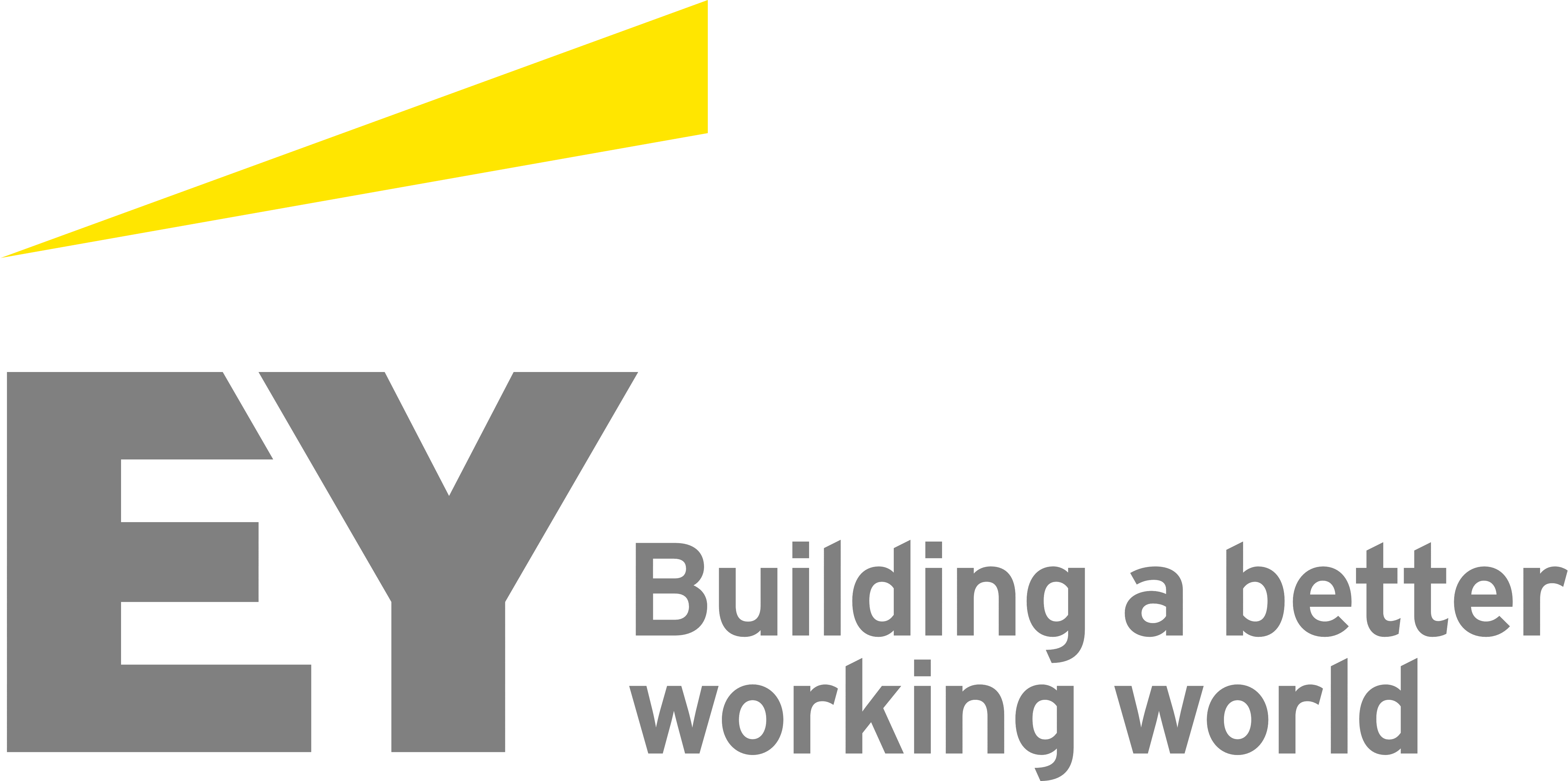Gamified course platform for EY – Case Study
Bringing Method to madness
Ernst & Young is amongst the biggest private employers in the world, with a conspicuous presence in over 150 countries. EY—a firm renowned for its extensive scale of services, sought an efficient method from ExpertRating to help cut down its onsite training hours for internal IT vertical new hires. With an unprecedented number of new campus hires, this method would greatly help candidates settle down in their new roles with competency specific training.
This method was required to serve as a training system that would allow new candidates to learn from online courses from any geographic location. As a result, contingent on various candidate profiles, the entire system was hosted online with a special focus on all facets of learning and maximum usability.

Human Resources & Training Needs
With an unprecedented large number of candidates joining EY, training requirements for the firm were at an all-time high. Given this, the major motives behind this project were to increase the number of job-ready resources and to reduce training expenses. And with respect to a classroom model, candidate challenges such as pace of learning and performance review were prevalent. However, relative to this, a new candidate trained through the method developed by ExpertRating would be ready to work in far less time and immediately be available to his/her respective department.
Challenges
As in the case of EY, when the scale of services provided is so extensive, there are often various challenges that are needed to be solved. EY required a training solution which allowed for:
White-labeling:
A training system needed to be developed so that EY could rebrand the final product and market it as its own.

Gamification of courses:

Courses would not be standard read-only courses but would include game-design elements and game principles to better help the candidates view coding problems and see how each part of the code impacts the outcome. With a hands-on approach, courses would also culminate in the development of a project. For instance, the C++ course would culminate with the development of a Tic-Tac-Toe game.
Low bandwidth (internet) architecture:
As it is possible that many requests potentially must go through the network at once, a low bandwidth connection might slow the speed.
Coding Assessments:

Coding assessments needed to be placed at the end of coding courses. To serve this purpose, ExpertRating’s service codeassess.com was used. The pass rate set by EY for these courses was 75%, and candidates who failed to attain this score would retake the course to move forward.
In total, EY required 11 courses, 6 of which were IT specific and 5 of which were non-IT.
The following 11 courses and respective content were developed exclusively by ExpertRating:
- IT Industry Overview
- Software Development Life Cycle
- Software Engineering & Testing
- Application Maintenance, Managed Services & Testing
- DB Concepts (Oracle)
- My SQL
- Basic Data Modelling
- Basics of Project Management
- Introduction to Java
- Java - Unit Testing Concepts, Version Control and Build Concepts
- Web Technologies
The Solution
With due diligence, a solution was planned and developed to meet all the requirements of EY. The ExpertRating team and EY teams were engaged in a series of face to face and video calls to thoroughly establish exact requirements and clarify any doubts. The designations of EY team members involved in these discussions were:
- Procurement - Talent
- Assistant Director - Procurement
- InfoSec (Security)
- GDS IT Service Delivery | EY Technology
With respect to the development of course content, through a combination of efforts from ExpertRating’s in-house content team and experienced SMEs, a comprehensive curriculum was formulated. Learning modules were tailored to fully meet the requirements of the employer with the content specifically focused on EY technologies and processes. In addition to this, highly qualified industry experts were employed to aid in the development of industry relevant learning content.
Technologies Used
ExpertRating LMS:

The Learning Management System (LMS) utilized was an end to end online solution that allowed an admin to administer and assign relevant courses to respective candidates. With the help of the LMS, courses could be assigned with the click of a button. Furthermore, all progress related to the courses could be readily seen and tracked at various intervals for effective communication between the two parties. And finally, the learning management system also helped determine the flow and sequence of learning material as per the organizational needs.
End Assessments
In order to evaluate the overall effectiveness of learning exercises, each and every module was coupled with an end assessment. Each end assessment included all the learning content to ensure that candidates’ grasp of the learning material was adequate. End assessments comprised of multiple-choice questions to evaluate theoretical knowledge and coding-based assignments to verify technical skills. Coding-based assignments were a critical part of the system as they allowed candidates to clearly see how different parts of separate codes ultimately impacted the outcome.
ExpertRating Locked Down Browser

Online skill tests and employee assessments are inherently threatened with the potential of a candidate utilizing unfair means to his/her advantage. Given this risk, EY decided to use ExpertRating’s Locked Down Browser feature and Remote Proctoring feature to greatly reduce the chances of any form of cheating.
Results & Benefits
The ExpertRating team created a solution to perfectly match EY’s needs. As a result, the new IT vertical hires were very well-versed with the content and skills they needed to understand to perform their respective responsibilities. Due to this, the turnaround time between hiring and final project allocation was reduced and productivity was significantly improved. Additionally, by moving the entire learning module online, the employer greatly reduced the time used for onsite training.